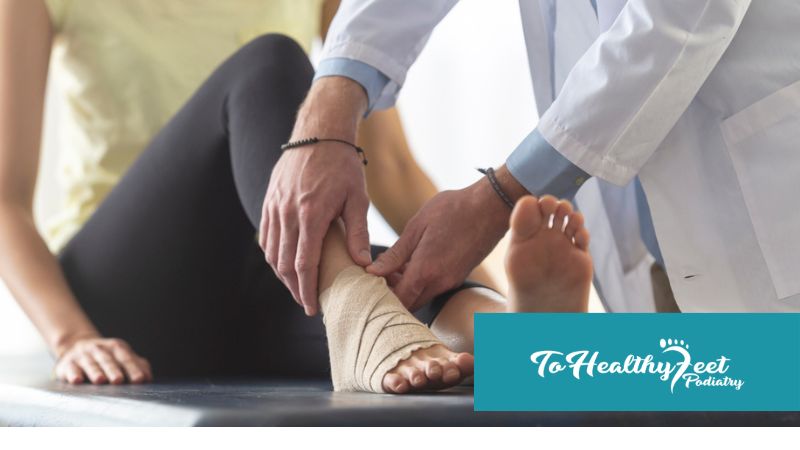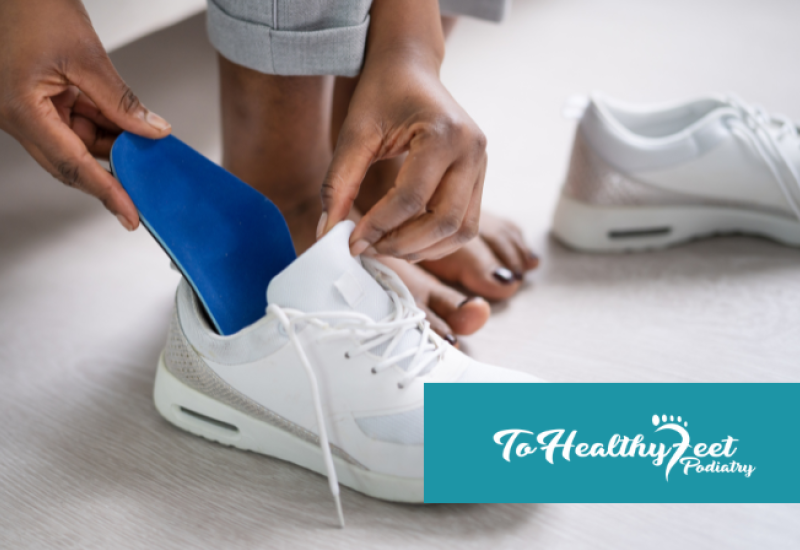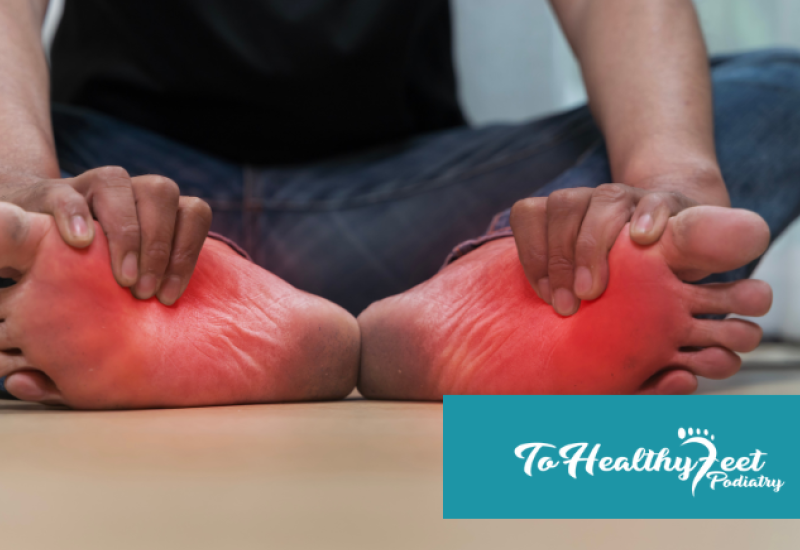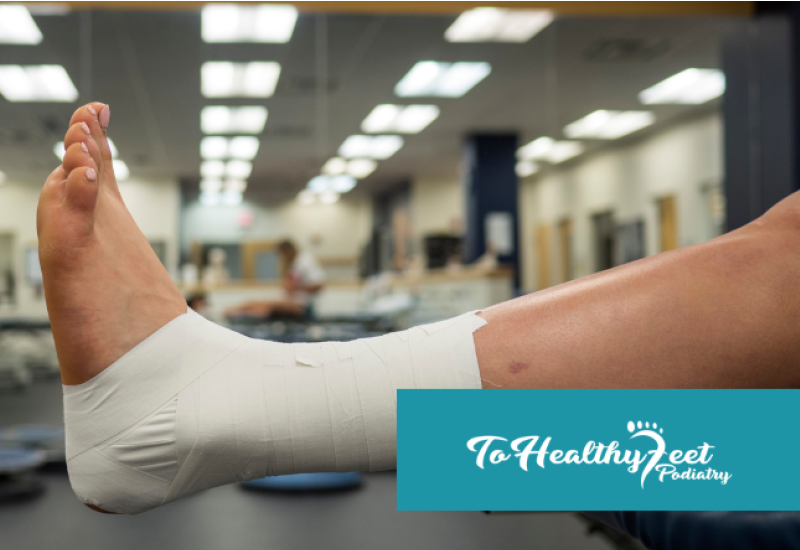Ankle sprains are one of the most common injuries, and they can happen to anyone—from athletes to those who simply take a misstep. The pain, swelling, and difficulty walking can be frustrating, especially if you’re eager to get back on your feet. But rushing the recovery process can lead to complications and even chronic pain. Understanding what you should and shouldn’t do after an ankle sprain is key to ensuring a full recovery and preventing future injuries. In this blog, we’ll walk you through some helpful do’s and don’ts for recovering from an ankle sprain.
Do: Rest and Protect the Injured Ankle
The most important thing you can do after an ankle sprain is to rest. Your body needs time to heal, and continuing to put pressure on the injured ankle can slow recovery or even worsen the injury. Resting also helps reduce swelling and pain in the initial phase of the injury.
How to Rest the Ankle Properly:
- Avoid walking or standing for prolonged periods.
- Use crutches or a supportive brace if needed to keep weight off the injured ankle.
- Elevate your foot while resting to reduce swelling.
Giving your ankle enough time to heal is crucial. Trying to “walk it off” or return to physical activities too soon can lead to complications like chronic instability or repeated sprains. Remember, rest now can prevent long-term issues later.
Don’t: Ignore the Pain or Swelling
Pain and swelling are your body’s way of signaling that something is wrong. Ignoring these signs can make the injury worse. If you push through the pain, you risk increasing inflammation, delaying recovery, and even causing permanent damage to the ligaments in your ankle.
It’s also important to monitor the swelling closely. If swelling doesn’t start to decrease after a few days of rest and ice, it’s a good idea to consult with a healthcare provider, as this could indicate a more severe injury.
Do: Use the R.I.C.E. Method
For most ankle sprains, the R.I.C.E. method (Rest, Ice, Compression, and Elevation) is a proven way to reduce swelling, alleviate pain, and promote healing.
- Rest: Keep weight off the ankle to prevent further injury.
- Ice: Apply an ice pack to the injured area for 15-20 minutes every 2-3 hours for the first 48 hours. This helps reduce swelling and numbs the pain.
- Compression: Wrap the ankle with an elastic bandage to reduce swelling, but avoid wrapping it too tightly, as this can cut off circulation.
- Elevation: Keep the ankle elevated above heart level to reduce swelling and improve circulation.
These steps are simple but effective in promoting a faster and smoother recovery.
Don’t: Skip Rehabilitation Exercises
Once the initial pain and swelling have subsided, many people are tempted to skip rehabilitation exercises and jump back into their usual activities. However, this can lead to long-term issues like decreased flexibility, weakness, and a higher risk of re-injury.
Rehabilitation exercises are essential for restoring strength, stability, and range of motion in your ankle. Your healthcare provider or physical therapist can guide you through exercises that are safe and appropriate for your recovery stage.
Do: Start Gentle Ankle Exercises
When your doctor or physical therapist gives you the green light, you can start incorporating gentle exercises to improve flexibility and strength in your ankle. Strengthening the muscles around your ankle is important for preventing future sprains and ensuring long-term stability.
Some helpful exercises include:
- Ankle circles: Slowly rotate your foot in a circular motion to improve flexibility.
- Towel scrunches: Place a towel on the floor and use your toes to scrunch it up. This helps build strength in the arch and foot muscles.
- Calf stretches: Gently stretch your calves by pressing your hands against a wall and stepping one leg back while keeping the heel on the ground.
These exercises should be performed gradually and without pain. If you experience discomfort, stop and consult your healthcare provider before continuing.
Don’t: Rush Back to High-Impact Activities
Even if your ankle feels better after a few days or weeks, it’s important not to rush back into high-impact activities like running, jumping, or intense sports. Doing so can put unnecessary stress on your ankle, making it vulnerable to re-injury.
Gradually ease back into physical activities by starting with low-impact exercises, such as swimming or cycling. These activities allow you to stay active without putting too much strain on your healing ankle. Only return to your regular activities when your healthcare provider has cleared you to do so.
Recovering from an ankle sprain requires patience, but following these do’s and don’ts can help speed up the healing process and prevent long-term complications. By resting your ankle, using the R.I.C.E. method, performing rehabilitation exercises, and gradually returning to activities, you can ensure a full recovery and avoid future injuries.
If your ankle pain persists or you’re unsure about the severity of your injury, it’s important to seek professional help. At To Healthy Feet Podiatry in New York, our experienced podiatrists can assess your injury, provide personalized treatment, and guide you through your recovery. Don’t let an ankle sprain hold you back—take the necessary steps to heal and get back on your feet safely! Call, contact us, book online, or visit any of our locations to get started.
FAQ’s
Q: How long should I rest my ankle after a sprain?
A: It’s recommended to rest for at least 48-72 hours and avoid putting weight on the ankle. Follow your doctor’s advice for specific timelines based on the severity of your sprain.
Q: How can I prevent future ankle sprains?
A: Strengthening exercises, proper footwear, and using ankle support during physical activities can help prevent re-injury.
Q: When should I see a doctor for my ankle sprain?
A: If the swelling or pain doesn’t improve after a few days of rest and the R.I.C.E. method, or if you have difficulty moving your ankle, it’s best to see a podiatrist. Call us at any of our locations in New York for more personalized information.




